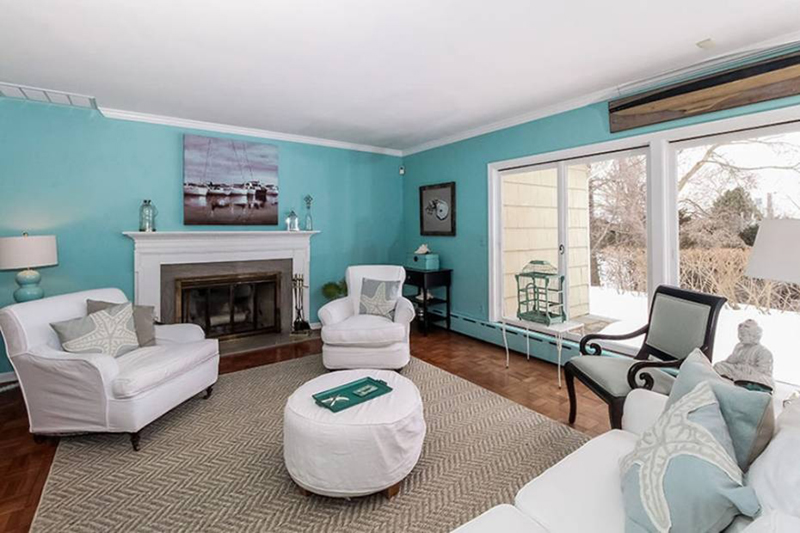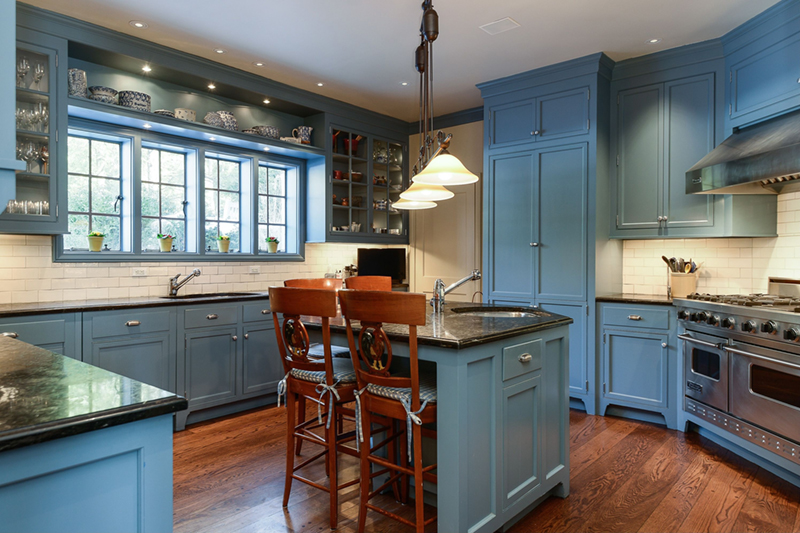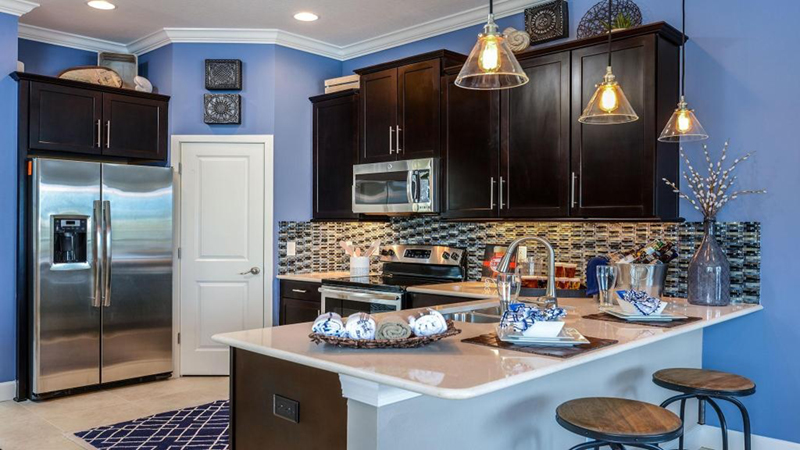Landlords on Manhattan’s Fifth Avenue are sitting on a record amount of open space as retailers balk at committing to expensive new leases in one of the world’s most prestigious shopping districts.
The availability rate on the famed strip, home to Saks Fifth Avenue and Tiffany & Co.’s flagship store, jumped to 15.9% in the third quarter, up from about 10% a year earlier, according to Cushman & Wakefield. The rate has climbed steadily this year, surpassing the prior peak of 11.3%, set in the fourth quarter of 2014.
The rise of empty storefronts isn’t limited to Fifth Avenue. It’s part of a Manhattan-wide space glut as retailers—buffeted by e-commerce, tepid demand for luxury goods and a strong dollar that’s eroded tourist spending—push back against rents that have soared to records. Leasing costs have increased in tandem with property values in the past five years, outpacing gains in merchandise sales and making it impossible for retailers to run profitable stores at many locations, according to Richard Hodos, a vice chairman at brokerage CBRE Group.
“Property trades are being based on achieving ever-higher rents, and nobody ever really looks at what retailers can afford to pay,” Hodos said. “In some cases, rents need to come down 30% or more for rents to be at levels where retailers are able to make sense of them again.”
Retailers are being squeezed across the U.S. In 2016, malls and other types of shopping venues have been hit by 280 major-brand store closures, totaling 12.8 million square feet (1.2 million square meters), data from Reis show. Another real estate research firm, Green Street Advisors, estimates that several hundred malls around the country will cease operations over the next decade.
Shoppers continue to shift their spending from stores to computers and smartphones. Online sales in the U.S. are expected to reach $398 billion this year, up 16% from 2015, according to research firm eMarketer.
Highest rents
On the stretch of Fifth Avenue from 49th to 60th streets, which commands the world’s highest rents, landlords are asking an average of $3,213 a square foot, up from $2,075 a square foot in 2011, Cushman data show. In the tourist-heavy Times Square area, rents stand at $2,104 a square foot after tripling over a four-year period.
The brokerage’s retail availability rate takes into account vacancies as well as stores occupied by merchants that plan to leave when their leases expire. Retailers that signed leases at high prices in the past several years and are seeking a tenant to sublease their space are also included, according to Steve Soutendijk, an executive director at Cushman.
“Tenants that signed at the absolute top of the market are looking to mitigate their exposure,” he said.
Michael Kors
At 667 Madison Ave., a 24-story tower two blocks from Central Park, Michael Kors Holdings Ltd. is looking to sublease about 5,000 square feet of retail space at the base of the building, according to a person familiar with the plans. The store, with 22-foot (7-meter) ceilings, was the company’s largest when it opened in 2012, the New York Times reported at the time.
Four years later, the London-based fashion house is struggling to pay the rent, said the person, who asked not to be identified because negotiations aren’t public. Michael Kors is seeking a tenant to take over the space on a lease that runs through 2023, the person said.
For a Bloomberg Intelligence primer on the apparel industry, click here.
A spokeswoman for Michael Kors declined to comment. Representatives for the company’s landlord, Hartz Group, didn’t respond to calls and e-mails seeking comment.
Lowering expectations
Property owners with space to fill are starting to lower their expectations, according to Cushman’s Soutendijk. Asking rents in some of Manhattan’s prime shopping districts, including Soho and Times Square, have declined over the course of 2016, Cushman data show.
“I think a lot of landlords are ready to make deals,” Soutendijk said. “Everybody understands there is too much space in the market. We are not in a state of equilibrium.”
Buyers of real estate during the recent boom years may not have much room to maneuver. To justify paying record prices for buildings—and the debt that financed the acquisitions—owners are under pressure to get the highest rents possible, according to Patrick Smith, a vice chairman of the retail brokerage at Jones Lang LaSalle.
“Typically, a building that has been capitalized over the past three years is very rent-sensitive,” he said.
General growth
Landlords who hold out for the right tenant can be left hanging on to empty space for years. A partnership of developer Thor Equities and General Growth Properties, the second-largest owner of U.S. malls, bought 530 Fifth Ave. in 2014. During a conference call with analysts that year, General Growth Chief Executive Officer Sandeep Mathrani highlighted the property’s large, vacant block as an opportunity to attract new retailers.
No new retail leases have been signed at the property since the acquisition, though three tenants are close to agreements, according to a person with knowledge of the plans. The prospective occupants are in the health-and-beauty and sporting-goods businesses, and will likely pay less in rent than what the building owners had originally aimed for, said the person, who asked not to be identified because negotiations are ongoing.
read more…
http://www.crainsnewyork.com/article/20161026/REAL_ESTATE/161029898/fifth-avenue-has-record-empty-space-as-rents-seen-too-high#utm_medium=email&utm_source=cnyb-realestate&utm_campaign=cnyb-realestate-20161026








